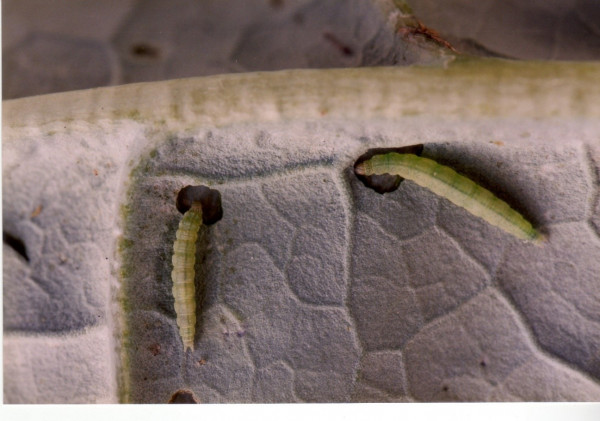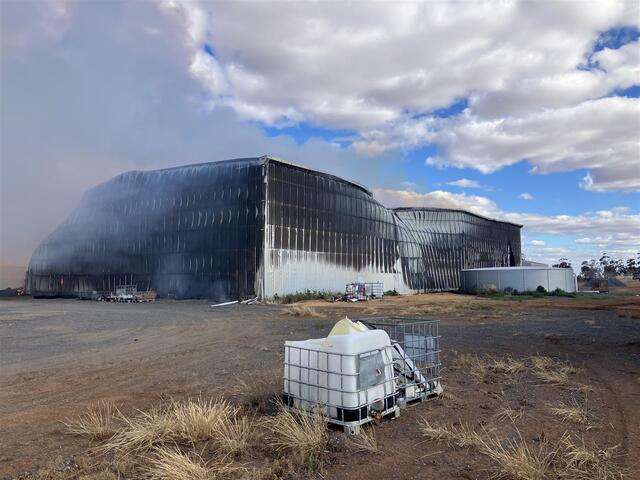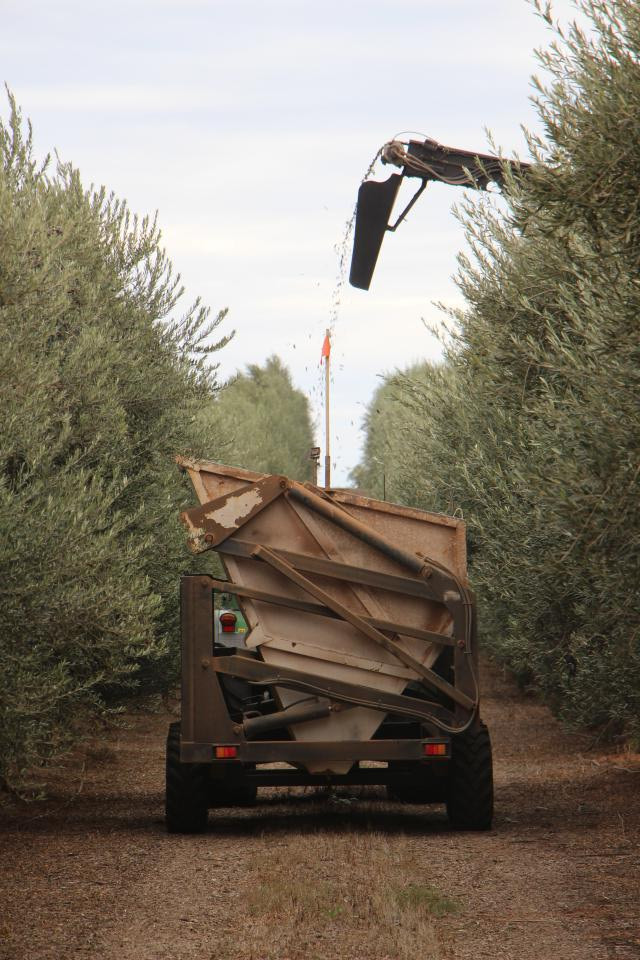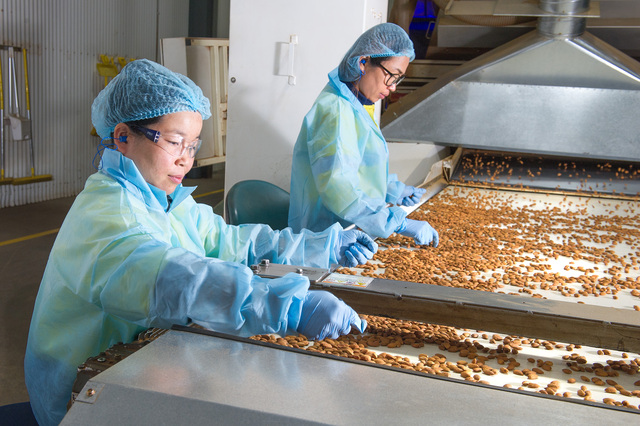Coragen was commercialised in Australia for DBM control in brassica and brassica leafy vegetables in September 2008.
It proved to be a highly effective product for the control of up to eight different lepidopteran species in these crops and still is – with the exception of DBM.
Due to its many favourable attributes, Coragen became a product of choice for DBM control and, in conjunction with the registration of other group 28 offerings in the marketplace, it is therefore probably not surprising that DBM has built up a tolerance to the group 28 chemistry over time.
The sad reality is that often when a new DBM product comes to the marketplace with a unique mode of action, it is perceived as a silver bullet, often overused and not effectively rotated with other insecticides with different modes of action. This can often lead to the eventual demise of a once-effective chemistry for DBM control.
The solution to such a conundrum is annual insecticide resistance monitoring and establishment of effective insecticide resistance management strategies on a localised basis.
DBM resistance monitoring was on the radar of the Department of Agriculture in Australia led by South Australian Research and Development Institute (SARDI) and Dr Greg Baker for about 20 years starting from the 1990s.
Frequent insecticide resistance monitoring (up to 2012) of DBM populations collected from the key brassica vegetable production areas from around Australia led to the development of effective insecticide resistance management strategies that could be implemented by advisors and growers.
However, the challenge has always been the effective implementation of these strategies.
In more recent years (from 2017 to 2019), a consortium of CropLife Australia members, in conjunction with SARDI, conducted insecticide resistance monitoring on 24 different field-collected DBM populations from brassica vegetable production areas in Queensland, NSW, Victoria, South Australia and WA.
The results of this study showed DBM had developed tolerance to a range of synthetic insecticides where tolerances appeared to vary by state.
Tolerance levels were highest for the group 28s (chlorantraniliprole, flubendiamide) however increased tolerance levels were also detected for group 5 (emamectin benzoate) and to a lesser degree, groups 2B (fipronil), 6 (spinetoram) and 22A (Avatar eVo – indoxacarb). With the exception of fipronil, the population with highest tolerance levels to all active ingredients tested were from Queensland. This trend should be an early warning sign to all other states.
The next round of DBM resistance monitoring to be conducted by CropLife Australia is imminent and hopefully will include an even greater range of active ingredients.
Although Coragen is less reliable these days for DBM control in certain parts of Australia, it is still a valuable tool for the control of other chewing pests in brassica and brassica leafy vegetable crops, including centre grub, cabbage cluster caterpillar, cabbage white butterfly, cluster caterpillar, heliothis and soybean looper.
Coragen can be effectively tank mixed with other DBM effective larvicides to cover a spectrum of species. Coragen also demonstrates very low impact on a range of beneficial insects, so is a valuable tool to work in conjunction with nature to help control pests in the target crop.







